news / Evolution-of-Car-Audio-Systems
The Evolution of Car Audio Systems: Driving the Future of In-Car Entertainment
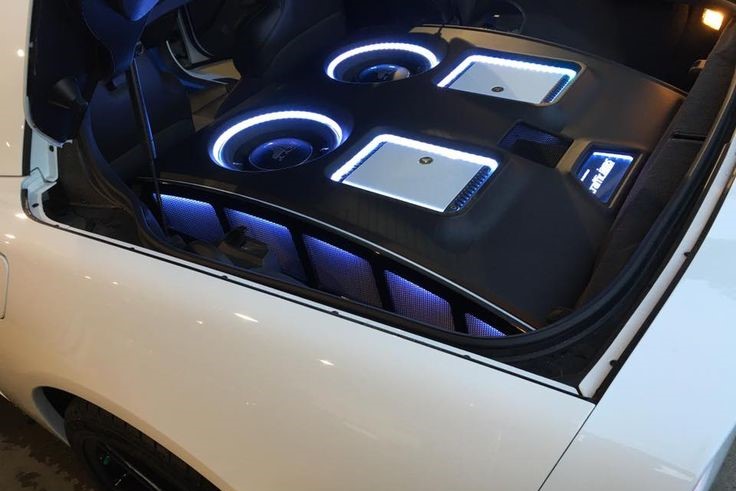
Introduction
The car audio industry has come a long way since its inception in the early 20th century. What began as simple AM radios installed in luxury cars has transformed into cutting-edge audio systems delivering studio-quality sound. As technology evolves, so do the expectations of consumers, turning car audio systems into a critical factor in automotive design and sales.
This article explores the history, current innovations, and future trends shaping the car audio landscape.
"Conclusion
Car audio systems are no longer just about listening to music—they’re about creating an immersive environment that enhances every journey. With innovations like AI personalization, sustainable components, and AR integration, the future of car audio promises to be as exciting as it is transformative.
Whether you're a casual listener or an audiophile, upgrading your car's audio system is an investment in both entertainment and comfort. As the industry continues to push boundaries, one thing is clear: the road ahead sounds incredible.
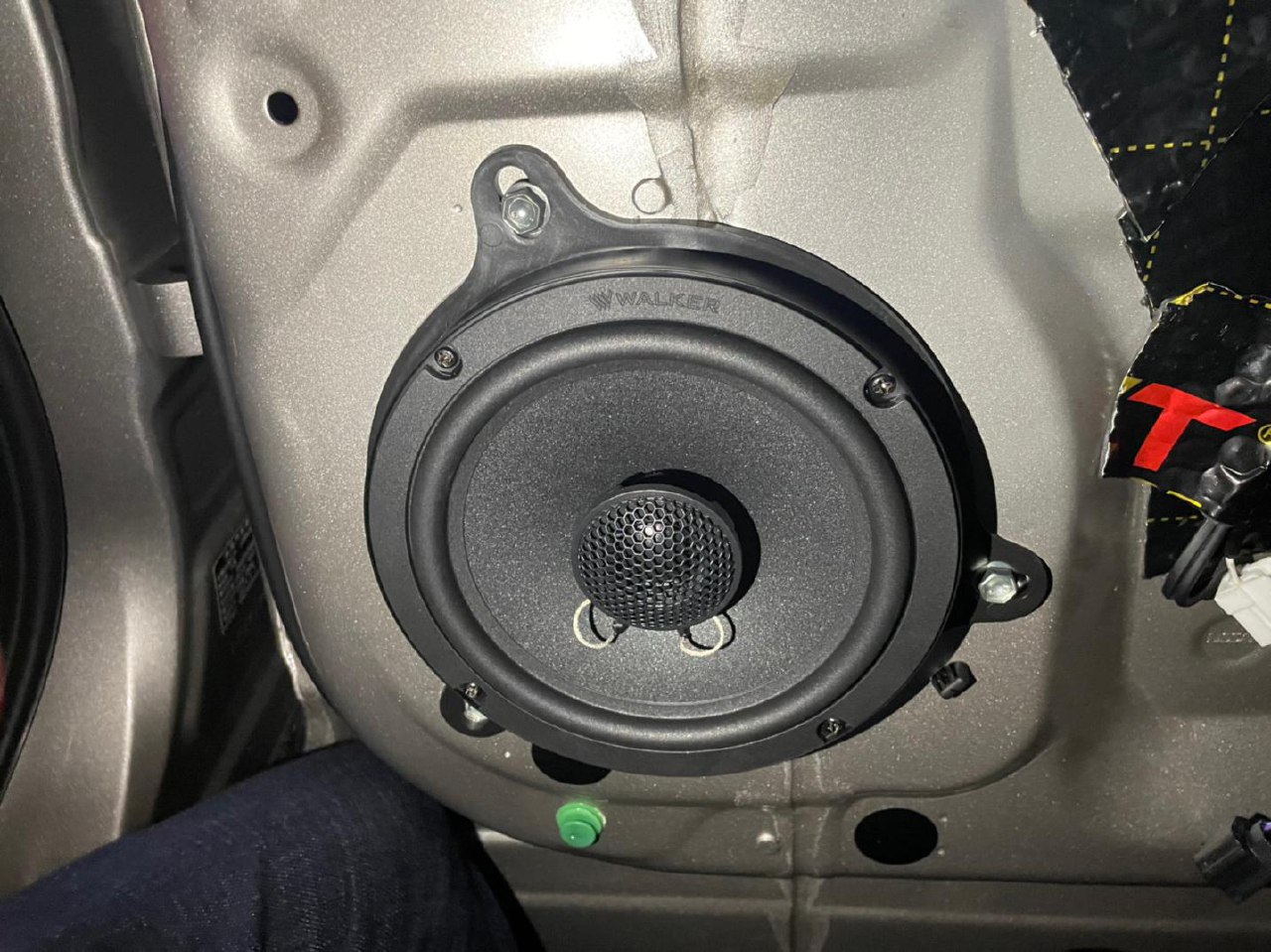
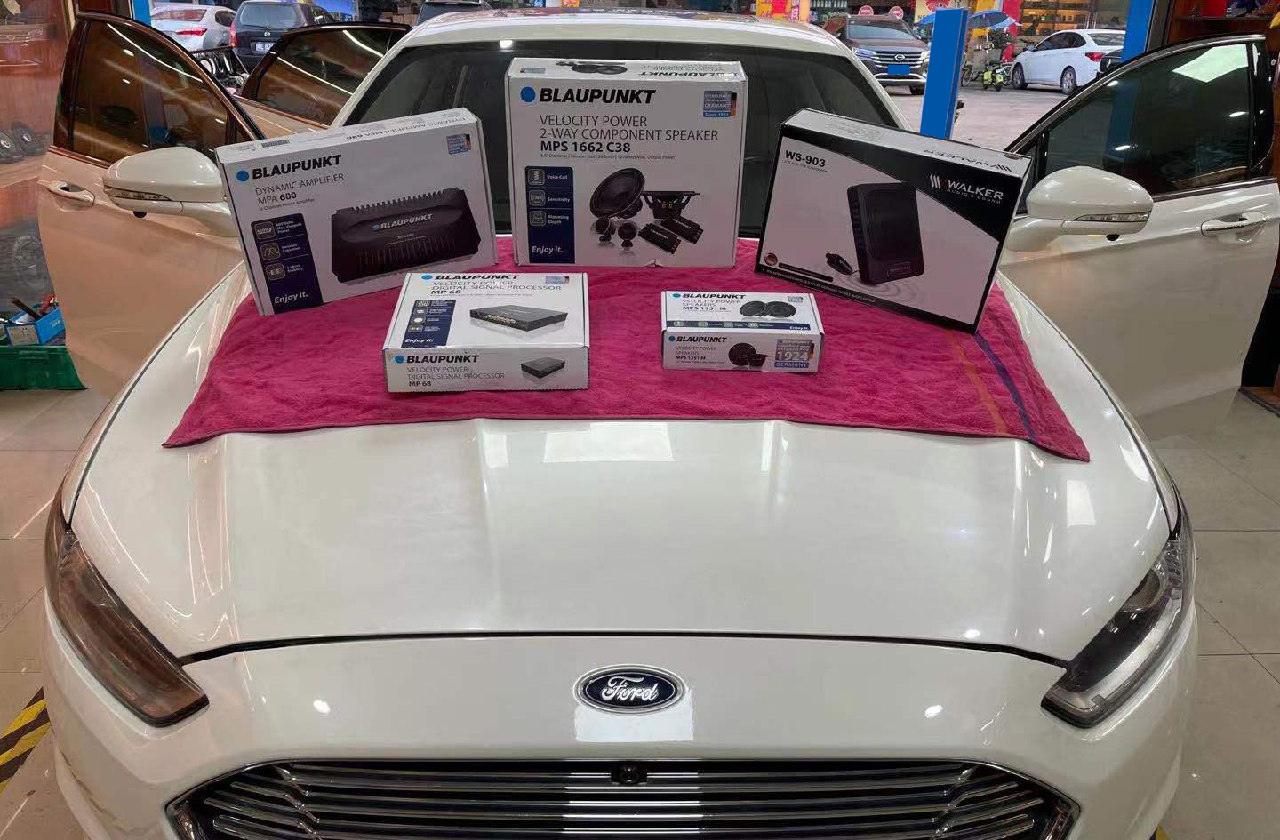
The History of Car Audio Systems
Early Beginnings (1930s-1960s):
- The first in-car radios appeared in the 1930s, offering basic AM broadcast functionality.
- By the 1960s, FM radios and eight-track players gained popularity, enhancing sound quality and content variety.
The Rise of Cassette Players and CD Systems (1970s-1990s):
- Cassette players became standard, offering customizable playlists.
- The introduction of compact discs (CDs) in the 1980s revolutionized sound quality, with clearer audio and less wear over time.
Digital Era (2000s-Present):
- The 2000s brought MP3 players, satellite radio, and Bluetooth connectivity.
- Modern systems now include touchscreen controls, voice assistants, and seamless smartphone integration through Apple CarPlay and Android Auto.
Key Innovations in Modern Car Audio
High-Resolution Audio Playback:
- Advanced systems support lossless audio formats, ensuring audiophiles can enjoy pristine sound quality.
Immersive Surround Sound:
- Brands like Bose, Harman Kardon, and Bang & Olufsen offer 360-degree soundscapes using strategically placed speakers.
- Dolby Atmos and DTS:X technologies are becoming standard in premium models.
Noise Cancellation Technology:
- Active noise cancellation reduces road noise, creating a quieter cabin and enhancing audio clarity.
- Systems like Hyundai’s Road-Noise Active Noise Control (RANC) are pioneering this space.
Customizable Sound Profiles:
- Modern systems allow drivers to adjust EQ settings, balance, and fade for a tailored experience.
- Some vehicles use AI to automatically optimize sound based on cabin acoustics.
Integration with Smart Devices:
- With IoT integration, drivers can control audio settings via smartphones, smartwatches, or voice assistants like Alexa and Google Assistant.
Future Trends in Car Audio Systems
Fully Wireless Audio Ecosystems:
- Wireless speaker setups using advanced Bluetooth codecs like LDAC and aptX HD are on the rise.
- Future cars may eliminate the need for physical speaker wires entirely.
Sustainable Materials in Audio Components:
- Brands are adopting eco-friendly materials like recycled plastics and plant-based fibers for speaker cones.
AI-Driven Personalization:
- AI could create dynamic audio experiences by adapting music based on the driver’s mood, driving style, or time of day.
Enhanced Connectivity with 5G:
- Faster data speeds will enable seamless streaming of high-definition audio without buffering or quality loss.
Integrated Augmented Reality (AR):
- Audio systems will work in tandem with AR windshields to provide spatial audio cues for navigation, alerts, and entertainment.
How to Upgrade Your Car Audio System
If your current system feels outdated, upgrading can deliver a more immersive listening experience. Key steps include:
Replacing Factory Speakers:
- Aftermarket speakers provide improved clarity, bass response, and overall sound quality.
Adding a Subwoofer:
- Subwoofers enhance low-frequency sounds, bringing depth to music genres like hip-hop, EDM, and rock.
Installing an Amplifier:
- Amplifiers ensure your speakers receive sufficient power, reducing distortion and enhancing volume.
Upgrading the Head Unit:
- Modern head units support advanced features like smartphone integration, voice control, and streaming apps.
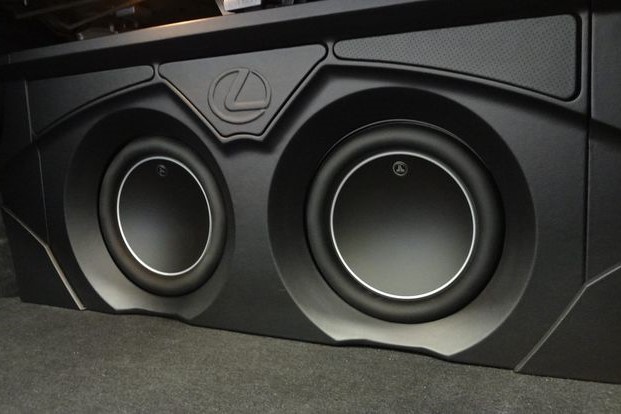
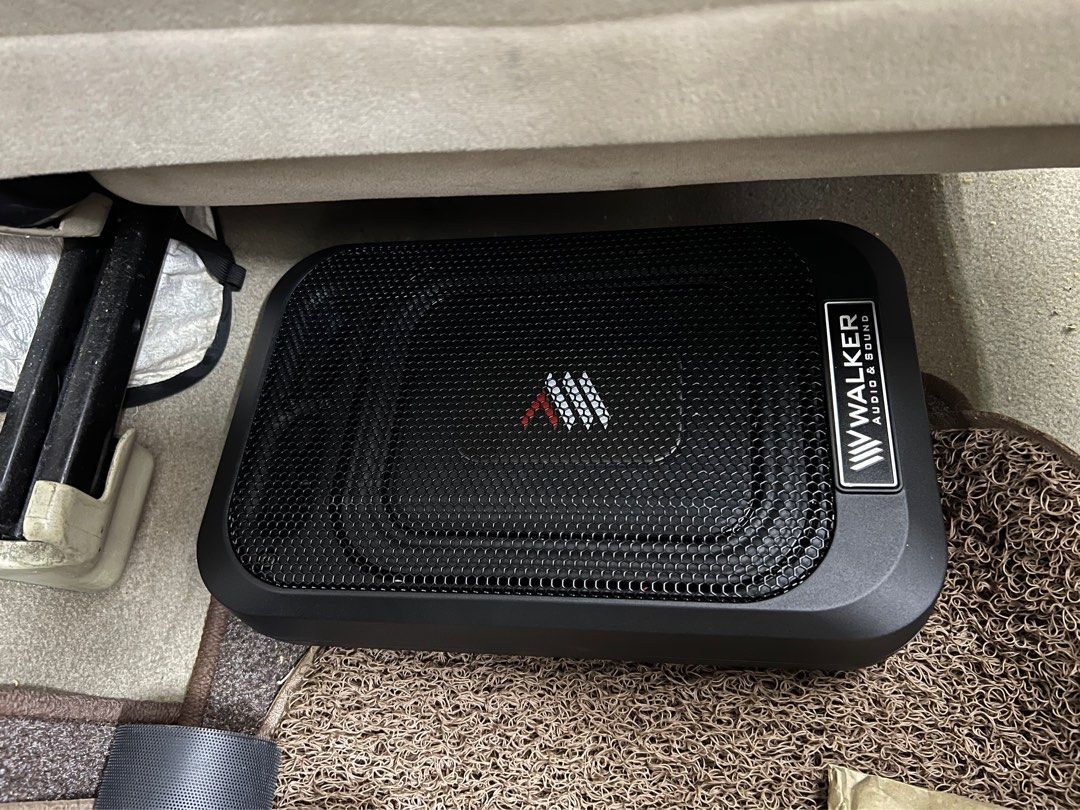
contact with us
stay in touch
-
Orientation Vision
Development Manager
+49 30 12345678
info@vwalker.de -
Business Strategy
Marketing Specialist
+49 89 98765432
Marketing@vwalker.de -
Technical support
Audio Engineer
+49 40 11223344
AudioEngineer@vwalker.de


